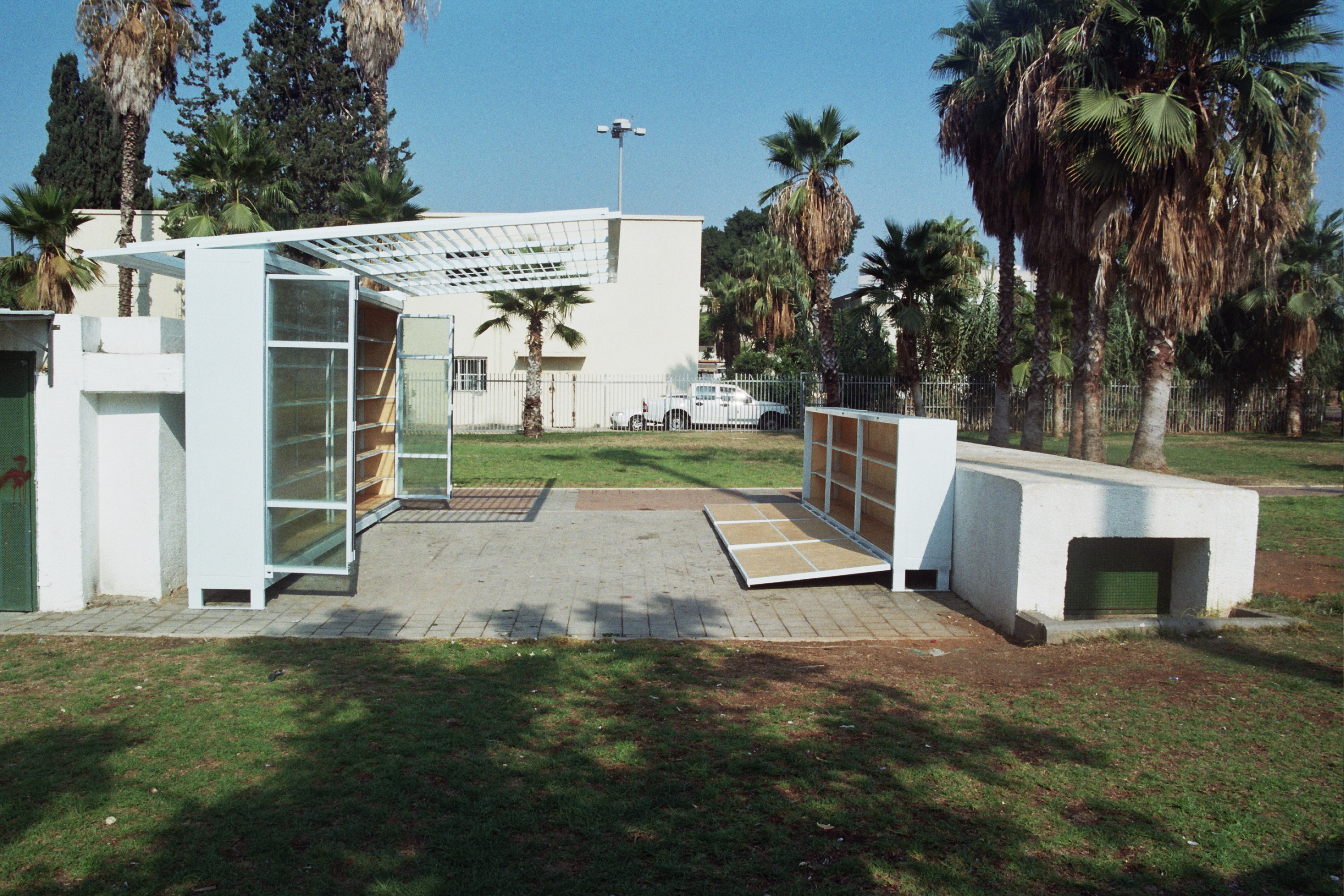
General Géraud Réveilhac making a medal presentation in 1915. Several unsuccessful attacks had already left this part of No Man's Land strewn with French dead.

A bayonet assault would begin at 5 am on March 10 against a stretch of enemy trenches that was heavily defended by machine guns and barbed wire. After two recent unsuccessful attacks, the 21st Company of the 336th Infantry Regiment (part of the 60th Infantry Division) was ordered by Général de division Géraud Réveilhac to retake positions captured by the Germans north of the village of Souain in the Marne. In March 1915, units of the French Army holding a section of the Western Front through Champagne had seen no tangible results despite two months of fighting. The events inspired the 1935 anti-war novel Paths of Glory by Humphrey Cobb, later adapted for film by Stanley Kubrick. The executions, which occurred in the vicinity of Souain on 17 March 1915, are considered to be the most egregious and most publicized military injustice during World War I in France. The Souain corporals affair ( French: Affaire des caporaux de Souain) was an incident where four corporals in the French Army were shot by firing squad as an example to the rest of their companies during the First World War.
#Theofil levinski caropines license#
This is a part of the Wikipedia article used under the Creative Commons Attribution-Sharealike 3.0 Unported License (CC-BY-SA).The memorial to the four executed corporals at Sartilly, in Normandy and the National Gallery of Art in Washington, D.C., United States. Today, his works can be found at many museums around the world including at the Hermitage Museum in St. Théophile Steinlen died in 1923 in Paris and was buried in the Cimetière Saint-Vincent in Montmartre. Between 18, he produced hundreds of illustrations, a number of which were done under a pseudonym so as to avoid political problems because of their harsh criticisms of societal ills.
#Theofil levinski caropines plus#
Steinlen became a regular contributor to Le Rire and Gil Blas magazines plus numerous other publications including L'Assiette au Beurre and Les Humouristes, a short-lived magazine he and a dozen other artists jointly founded in 1911. In addition to paintings and drawings, he also did sculpture on a limited basis, most notably figures of cats that he had great affection for as seen in many of his paintings.

His permanent home, Montmartre and its environs, was a favorite subject throughout Steinlen's life and he often painted scenes of some of the harsher aspects of life in the area. His 1895 lithograph titled Les Chanteurs des Rues was the frontispiece to a work entitled Chansons de Montmartre published by Éditions Flammarion with sixteen original lithographs that illustrated the Belle Époque songs of Paul Delmet. In the early 1890s, Steinlen's paintings of rural landscapes, flowers, and nudes were being shown at the Salon des Indépendants. Once there, Steinlen was befriended by the painter Adolphe Willette who introduced him to the artistic crowd at Le Chat Noir that led to his commissions to do poster art for the cabaret owner/entertainer, Aristide Bruant and other commercial enterprises. In his early twenties he was still developing his skills as a painter when he and his new wife were encouraged by the painter François Bocion to move to the artistic community in the Montmartre Quarter of Paris. Théophile Alexandre Steinlen (Novem– December 13, 1923), was a Swiss-born French Art Nouveau painter and printmaker.īorn in Lausanne, Steinlen studied at the University of Lausanne before taking a job as a designer trainee at a textile mill in Mulhouse in eastern France.


 0 kommentar(er)
0 kommentar(er)
